How to make homemade ginger beer, including photos and a video! This simply recipe is lower in sugar than store-bought ginger beer, contains vitamins and probiotics, and is a healthier alternative to most carbonated drinks because it contains less sugar and no carbonated water.
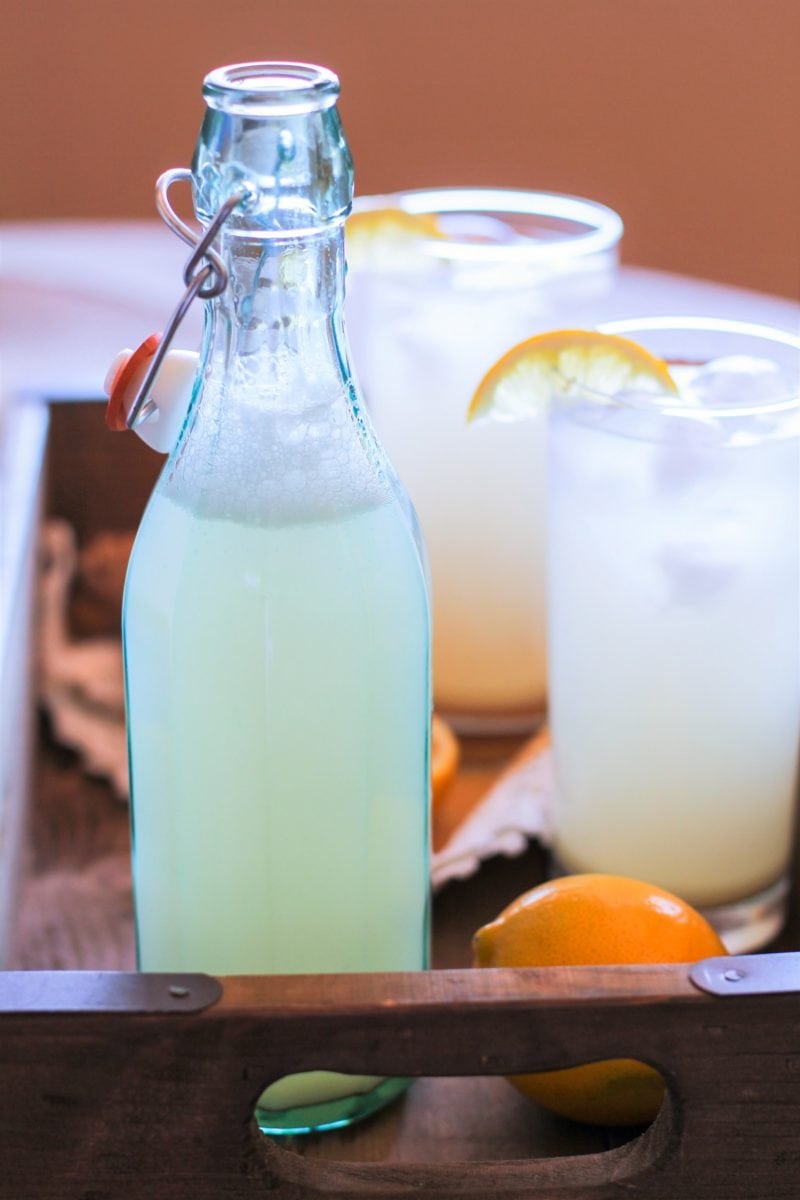
Ginger beer has been all the rage for years, and for a very good reason.
The sweet and spicy beverage is tasty by itself and adds pep to all sorts of cocktails and mocktails. If you’re anything like me, you could add ginger beer to all of your cocktails from now until doomsday.
Most of us think of ginger beer in the context of the Dark n’ Stormy or Moscow Mule and other cocktails that involve the brew. But did you know you can make a stellar homemade ginger ale at home, and not only is it easy, but it’s also great for you?
Because we like to do things in the legit-est of ways, we’re going to put on our DIY cap and learn how to make fermented ginger beer at home.
And it’s going to be healthier than the store-bought version, because that’s the way we roll.
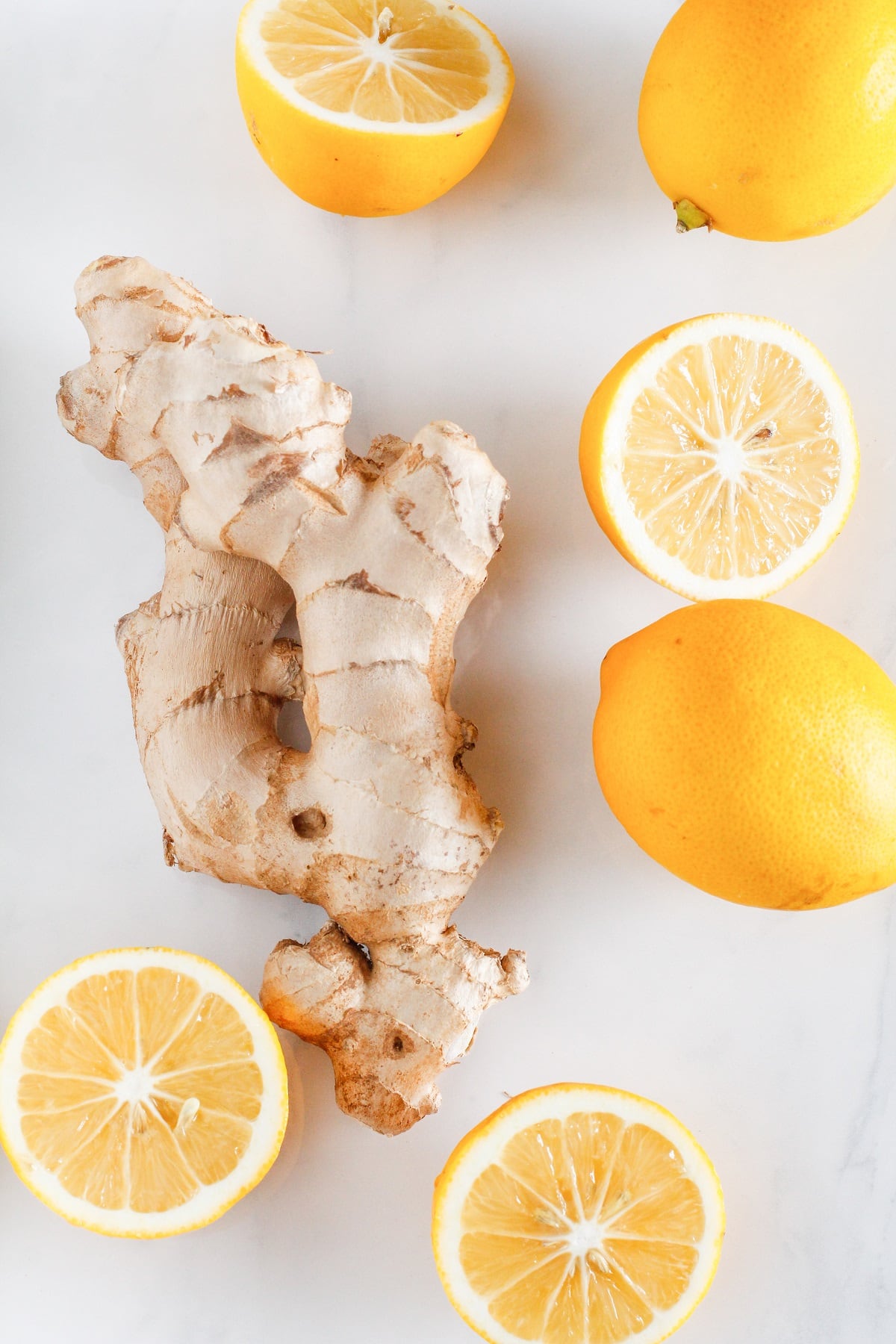
Types of Homemade Ginger Beer Recipes:
There are several ways to make ginger beer.
Method #1: Most people make a simple syrup using ginger, sugar, and water, and then combine the simple syrup with soda water or seltzer water.
While this is the least time consuming way of making ginger beer, and definitely comes out tasting great, we can take it a step farther by fermenting ginger beer into a healthful drink so that it contains less sugar but still tastes sweet.
Method #2: The old fashioned way uses a “ginger bug” or “ginger starter,” which is ginger that has fermented in sugar and water to the point that its natural enzymes and probiotics are released.
Once a ginger bug is formed, it is then brewed into a batch of ginger brew, which results in a probiotic-rich effervescent drink.
This method of making ginger beer takes between 4 and 6 weeks, and is the method I describe in my cookbook, Delicious Probiotic Drinks.
I have also posted a tutorial on How to Make Probiotic Ginger Beer on this site for real ginger beer. Check it out if you’re looking for a beverage with a higher concentration of probiotics.
It is also an alcoholic ginger beer that has a tiny amount of alcohol but can be fermented in such a way that increases the alcohol content.
Method #3 (this recipe): The method I’m sharing in this post uses regular baker’s yeast.
The yeast consumes the sugar as it reproduces, which means that while the finished product tastes sweet, it is actually very low in sugar. Plus, it contains so much delicious ginger flavor!
Which Type of Ginger Beer To Make:
The quickest way is Method #1 listed above, which will require a recipe outside of this blog post.
Whether you choose to make this easy ginger beer recipe laid out in this post or my probiotic ginger beer is a matter of personal preference (and time).
For those of us who want ginger beer quickly, this easy version only takes 3 days from start to finish.
It still has health benefits from the yeast, but because it is not fermented for as long as the authentic version, it isn’t as probiotic-rich.
Is There Any Alcohol in Ginger Beer?
As with any fermentation process, a small amount of alcohol results.
The alcohol content in this ginger beer recipe is very low, almost non-existent.
Still, if you need to avoid alcohol, it is best to be safe and stick with a non-alcoholic ginger beer.
Ingredients Needed for Ginger Beer:
All it takes is fresh grated organic ginger, cream of tartar, lemon juice, active dry yeast, and cold water.
You can replace the lemon juice with lime juice if you’d like. I always go with organic fresh ginger root because it contains plenty of natural bacteria and natural yeasts for the best ginger beer.
Some people add brewer’s yeast (beer yeast) or champagne yeast to this recipe to boost the activity and alcohol content.
I don’t personally have experience with either one so can’t offer advice on how much to use or how to employ it, but if you’re interested in stepping up your brew, they are worth looking into!
I have also heard some people use sourdough starter to make ginger beer, but I have no experience with this either.
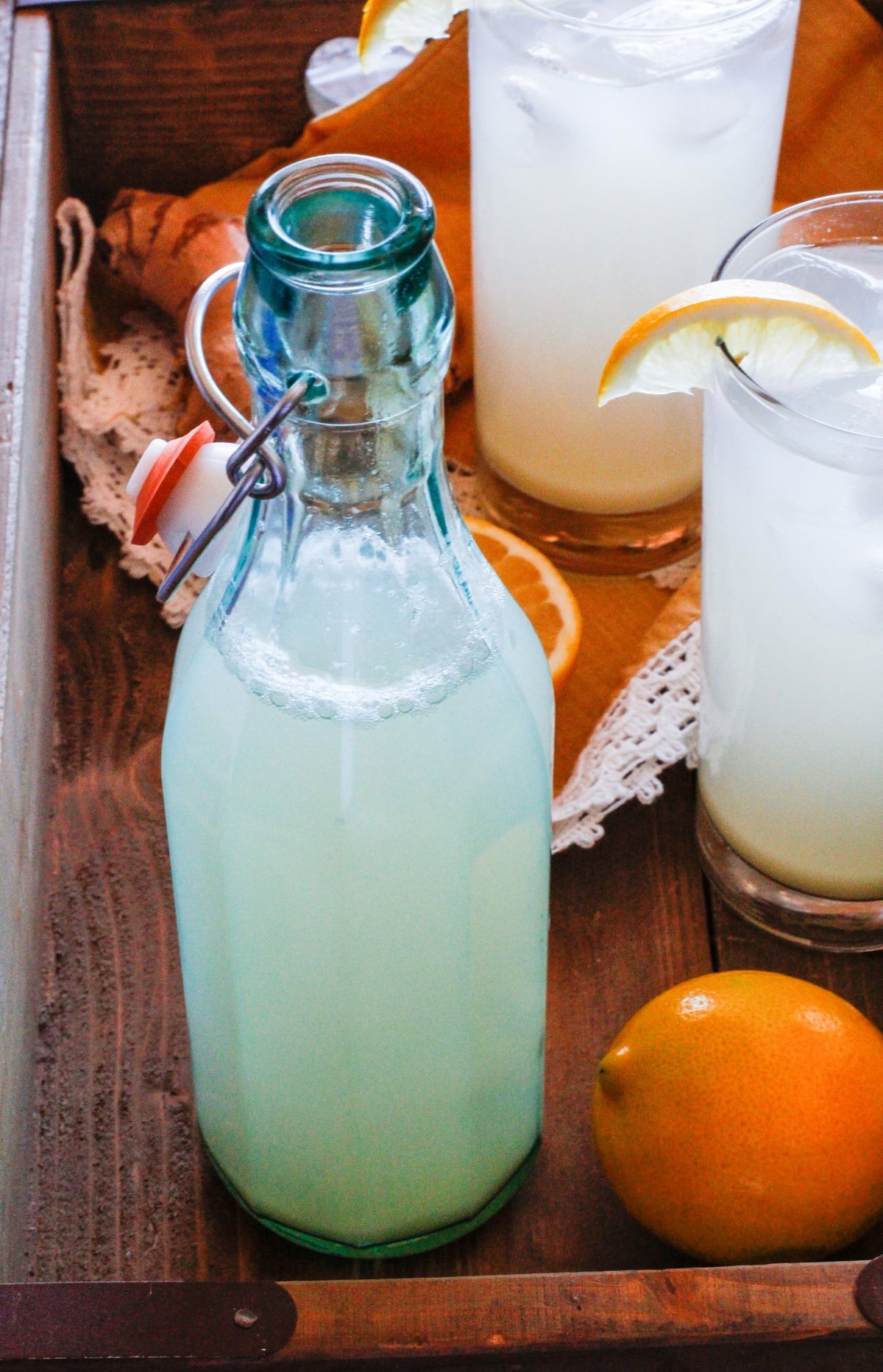
Health Benefits of Ginger Beer:
Ginger is a root and has been used as a natural remedy for upset stomach and nausea across many civilizations for hundreds of years.
It is a natural anti-inflammatory and digestive aid.
Studies show fresh ginger prevents and fights several types of cancer cells including breast, colon, ovarian, prostate, and lung cancer.
Ginger is also known for cleansing the body of toxic chemicals, as it is full of antioxidants.
When fermented, ginger releases enzymes and probiotics, which help maintain healthy gut microflora.
So is ginger beer really good for you?
Based on its ability to lower inflammation, aid with digestion, and boost your body’s immune system, yes, ginger beer is good for you.
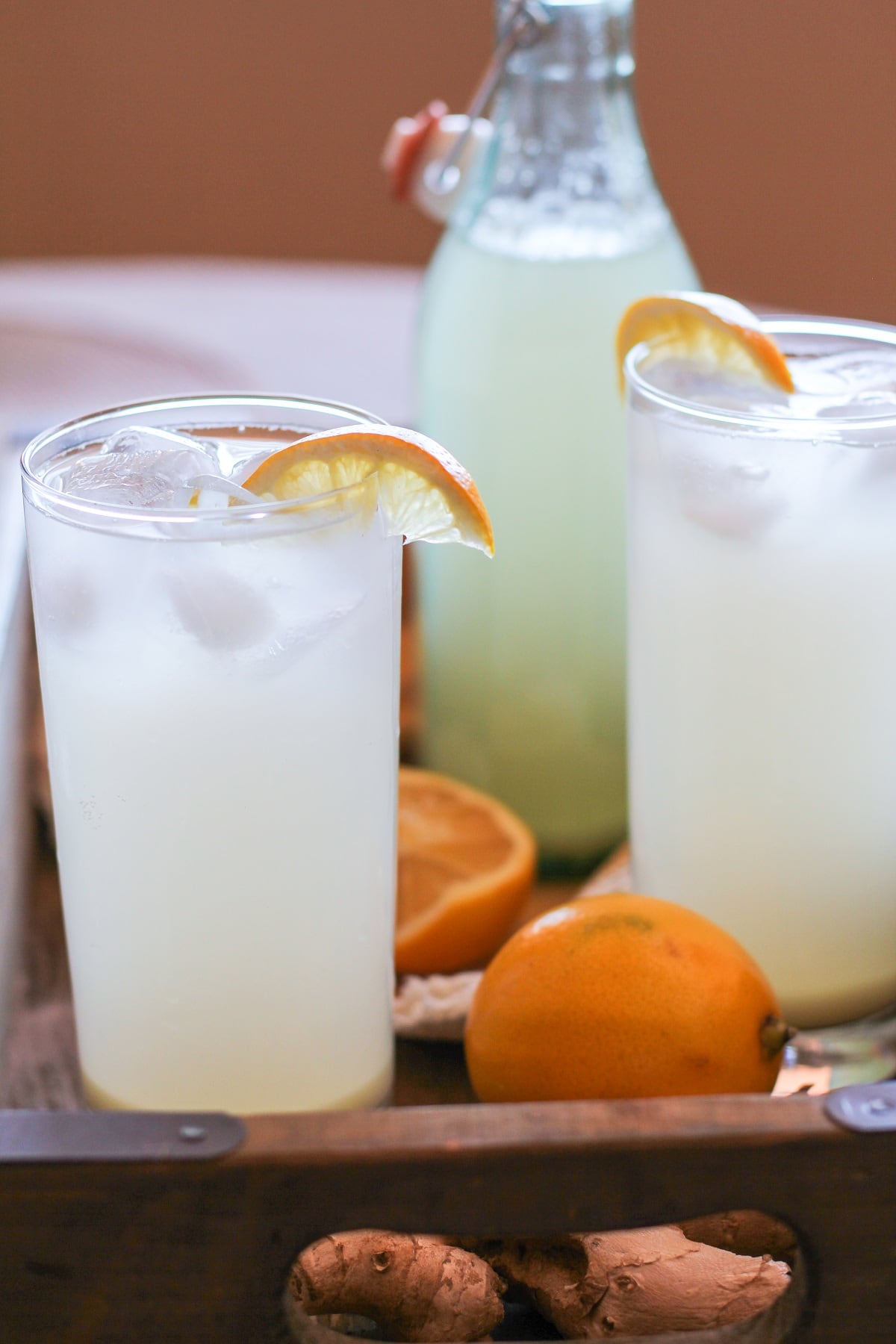
Now that we have all of the details laid out, let’s learn how to make ginger beer!
How to Make Ginger Beer:
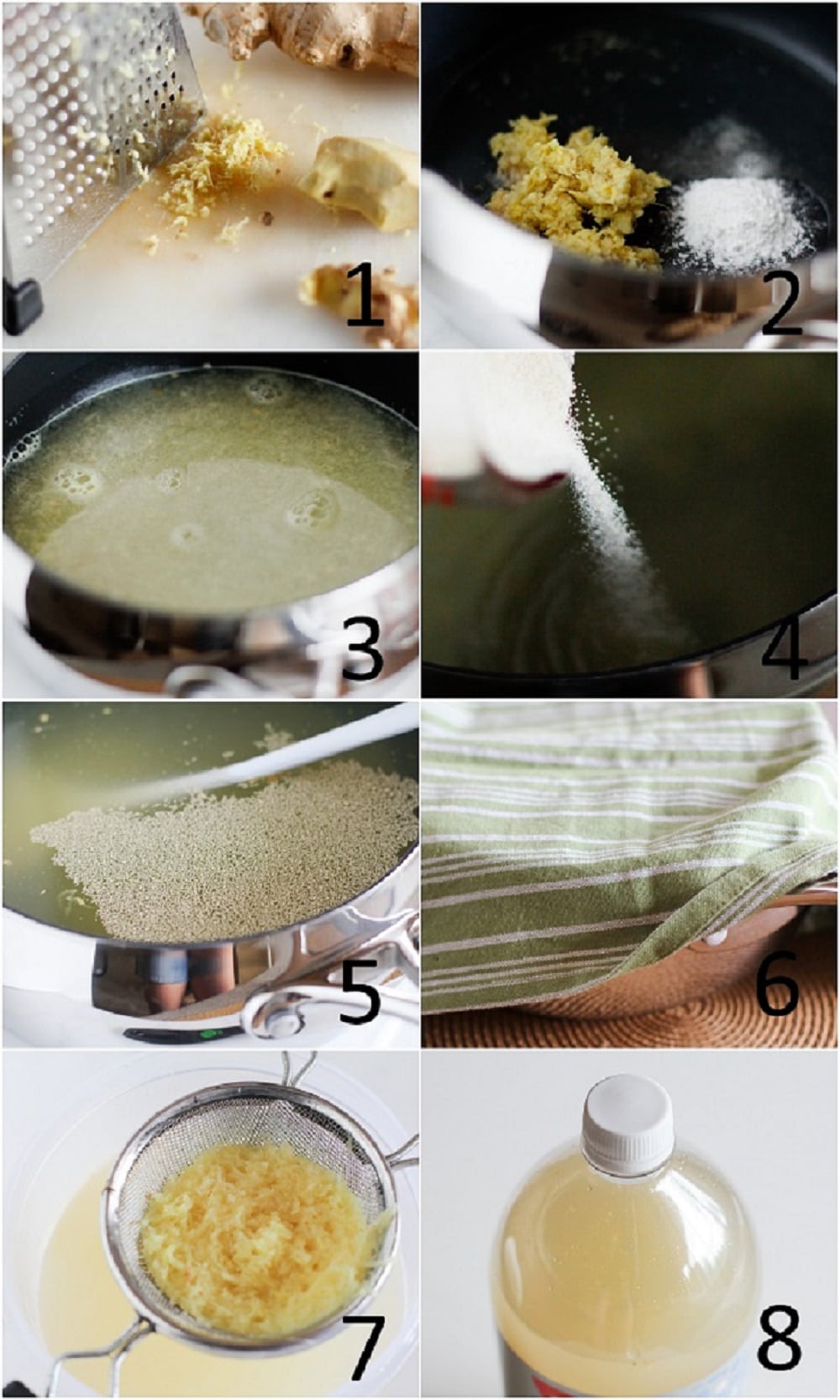
- Peel and grate the fresh ginger using a box grater. You want about 1/4 cup of grated ginger.
- Add the cream of tartar (1/2 teaspoon), lemon juice (1/4 cup), and ginger to a large pot.
- Add 4 cups of water, and bring the mixture to a full boil.
- Turn the heat down to medium, add the sugar and stir until all of the sugar is dissolved.
- Add the rest of the cold water to the pot (5 cups) and allow it to cool to around 75 degrees Fahrenheit (23 degrees Celsius). Add the yeast (1 teaspoon), stir well.
- Cover the pot with a kitchen towel and place in a warm, dark part of your house for 3 hours. The mixture should smell gingery and yeasty!
- Using a fine strainer, coffee filter, or a fine-mesh sieve, strain the liquid into a large pitcher to remove all the bits of ginger.
- Pour this strain mixture into a clean 2-liter plastic bottle. Empty soda water bottles work perfectly, and you can also use 2 one-liter bottles. Do not fill up the bottles all the way because the fermentation will yield carbon dioxide.
Place the plastic soda bottles in a dark place (ideally a warm room or warm place) for a couple of days.
One to three times a day, carefully loosen the caps to relieve some of the pressure without opening the bottles all the way.
The drink becomes very pressurized and fizzy, so skipping this step could result in a ginger beer bottle explosion. True story.
Be very careful in this process and do not point the bottles at anyone’s (or your own) face.
After your brew has finished fermenting, you can either add fruit, simple syrup, juice, or liquor to it to create a customized treat, or drink it as is.
If you choose to bottle the ginger beer in glass bottles, allow the ginger beer to lose much of its fizz prior to bottling, as it will continue to carbonate in the bottles.
This could result in them exploding if there is too much pressure.
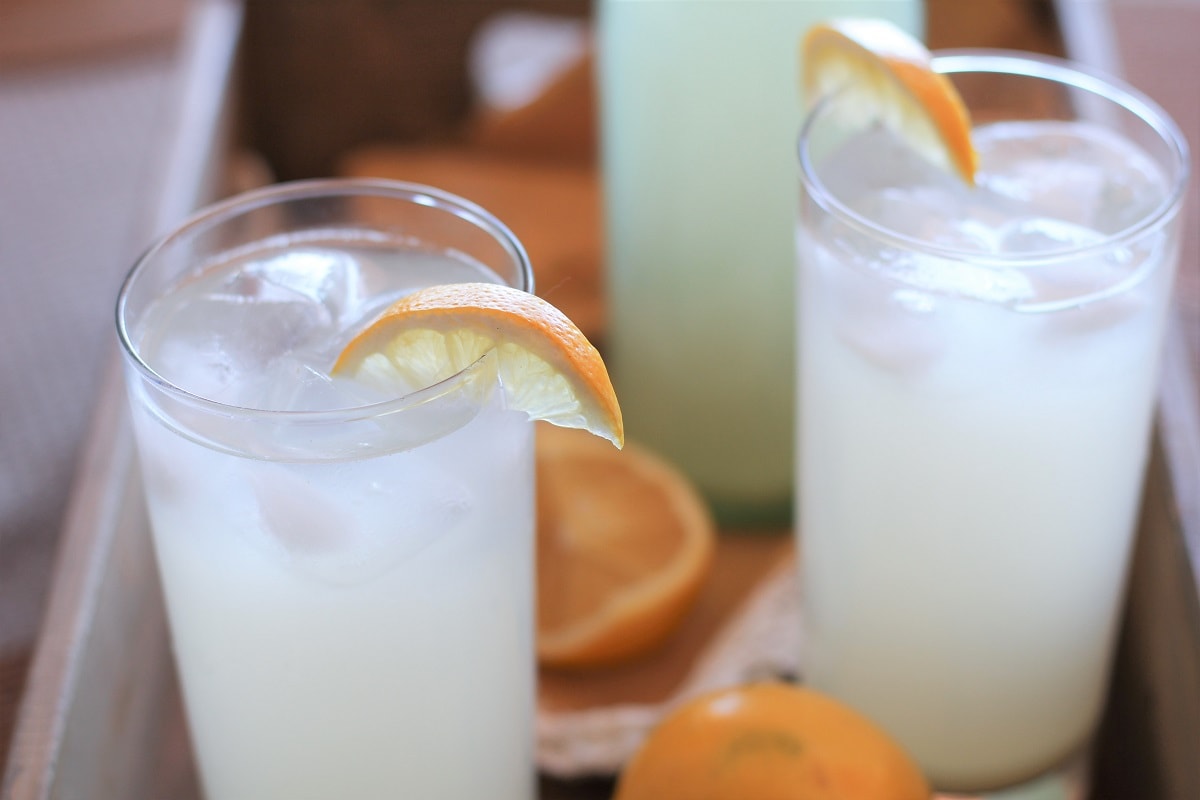
Important Notes:
During fermentation, DO NOT use glass bottles, because the glass can explode under pressure (yes, it builds up that much pressure!), be sure to use plastic bottles with screw tops, as noted in the recipe, so that you can relieve pressure during fermentation.
After 24 hours, you will notice yeast colonies on top of the liquid and settled at the bottom. This is normal!
Once the ginger beer has finished fermenting, glass bottles may be used for bottling and storing.
You must be very careful when opening the bottles because the beverage will still be very carbonated. Always point glass bottles away from your face or anyone else’s face while opening.
The longer you allow the brew to ferment, the more sugar will be metabolized by the yeast, resulting in a less sweet, drier beverage.
I recommend storing finished ginger beer in the refrigerator and always away from direct sunlight.
Depending on the time of year and the room temperature, the brew may take more or less time to ferment. If the room is particularly cool, it could take an extra day or two to finish fermenting, whereas if it very warm, it could take less than 48 hours.
How to Make Sweeter, Spicier Ginger Beer:
If you prefer a sweeter beverage, consider fermenting the ginger beer for one to two days only or simply start with more sugar (about 1 1/4 to 1 1/2 cups instead of 1 cup) than you need.
For spicy ginger beer, start out with double the amount of ginger for a kick. Make your own ginger beer based on your personal taste!
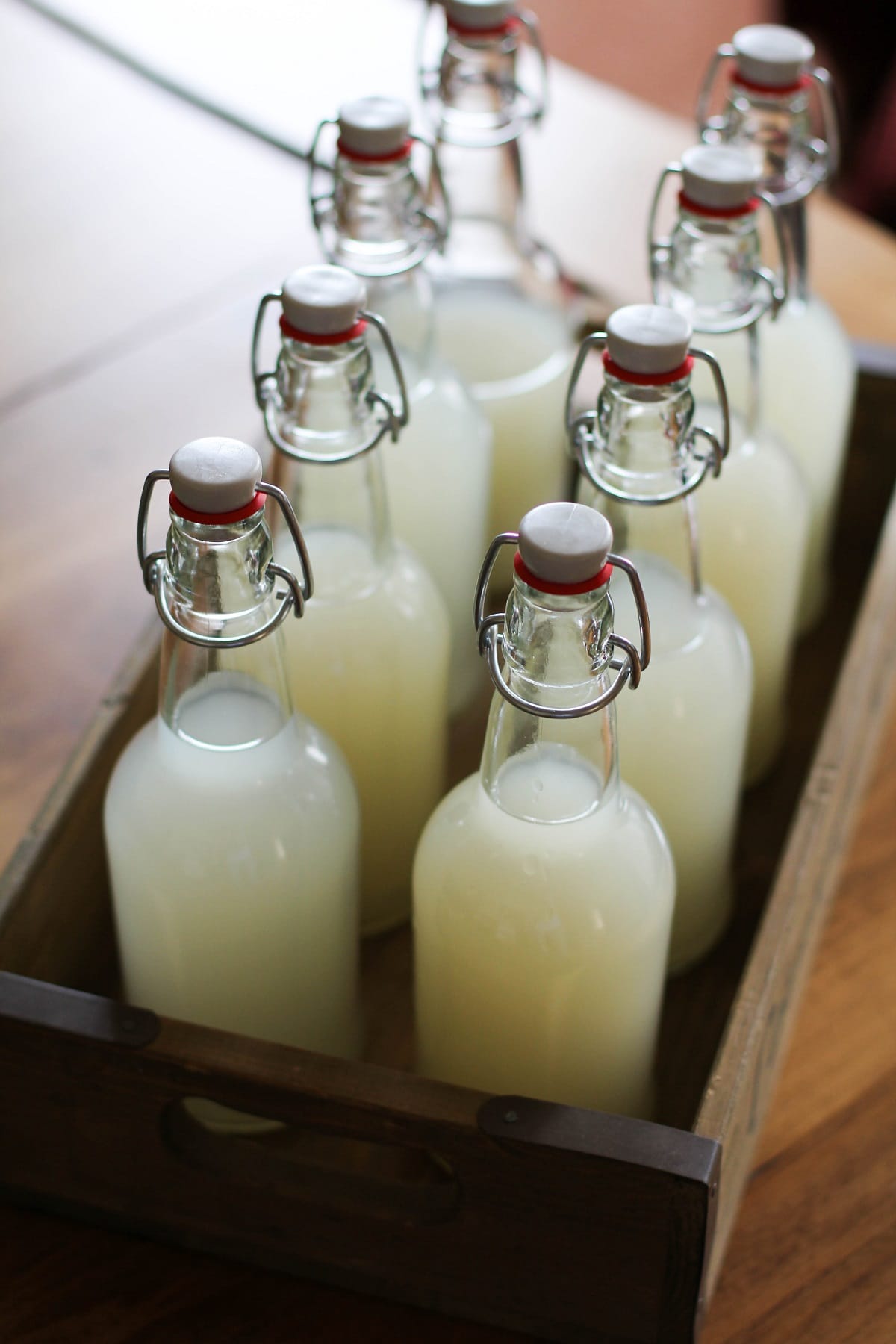
How to Store Ginger Beer:
Once the ginger beer has finished its few-day brewing process, store it in the refrigerator for 10 days, or up to 1 month when left untouched.
You can either store it in the same plastic bottle you used to brew it, or transfer it into glass flip cap bottles. I play it safe and store it in the same plastic bottle I use for fermentation.
Just note that the more you open the bottle, the more carbonation will be lost.
Enjoy the ginger beer as is or use it for cocktails or mocktails! I love it in my Strawberry Moscow Mules and my Cranberry Sauce Bourbon Cocktail!
While I was writing my cookbook, Delicious Probiotic Drinks, I had a great deal of fun with the ginger beer section – for me the challenge of making authentic ginger beer was even more interesting than brewing the perfect batch of kombucha.
Now go forth and ferment you some ginger juice.
My cookbook, Paleo Power Bowls, is now available! CLICK HERE to check it out, and thank you for your support!
If you make this ginger beer recipe, please feel free to share a photo and tag @The.Roasted.Root on Instagram!
Refreshing beverages for a warm day that takes little time, let’s go! Enjoy this homemade ginger ale!
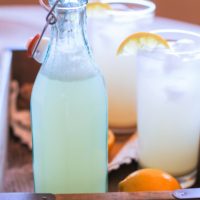
How to Make Ginger Beer
Ingredients
- 9 cups (48oz) spring or well water
- ½ tsp (1.3g) cream of tartar*
- 1/3 cup (35g) fresh ginger peeled and grated
- 1/3 cup (79ml) fresh lemon juice**
- 1 cup (150g) granulated cane sugar***
- 1 tsp (3g) active dry yeast****
You Also Need:
- 1 2-liter plastic bottle with screw top (a large soda water bottle that has been carefully cleaned works great)
- A medium to large sized pot for heating water
Instructions
- Add the cream of tartar, lemon juice and fresh grated ginger to a large pot along with 4 cups of the water. Bring to a full boil.
- Turn the heat down to medium, add the sugar and stir until all of the sugar is dissolved.
- Add the rest of the (cold) water to the pot and allow it to cool to around 75 degrees F (23 degrees C). Stir in the yeast, stir and cover the pot with a kitchen towel. Place pot in a dark place for 3 hours.
- Using a fine strainer, strain the liquid into a pitcher to remove all the bits of ginger.
- Pour the brew into one clean 2-liter plastic bottle (or two 1-liter bottles) but do not fill up the bottle all the way because the fermentation will yield carbon dioxide, causing gases to build in the bottle – you will need to give the liquid some room to build the gas. Place the bottles in a dark, warm room for 2 to 3 days (two days if you want a sweeter ginger beer, and 3 days if you prefer a drier ginger beer).
- Once to three times a day, carefully loosen the caps to relieve some of the pressure (without opening the bottles all the way). Be very careful in this process and do not point the bottles at anyone’s (or your own face). After the ginger beer has finished brewing, store it in the refrigerator to chill. This will also slow the fermentation process.
- Pour in a glass and enjoy as is, or add a splash of rum and lime juice for a Dark n' Stormy. Ginger beer keeps for 10 days – be sure to store in air-tight bottles in your refrigerator.
Video
Notes
Nutrition
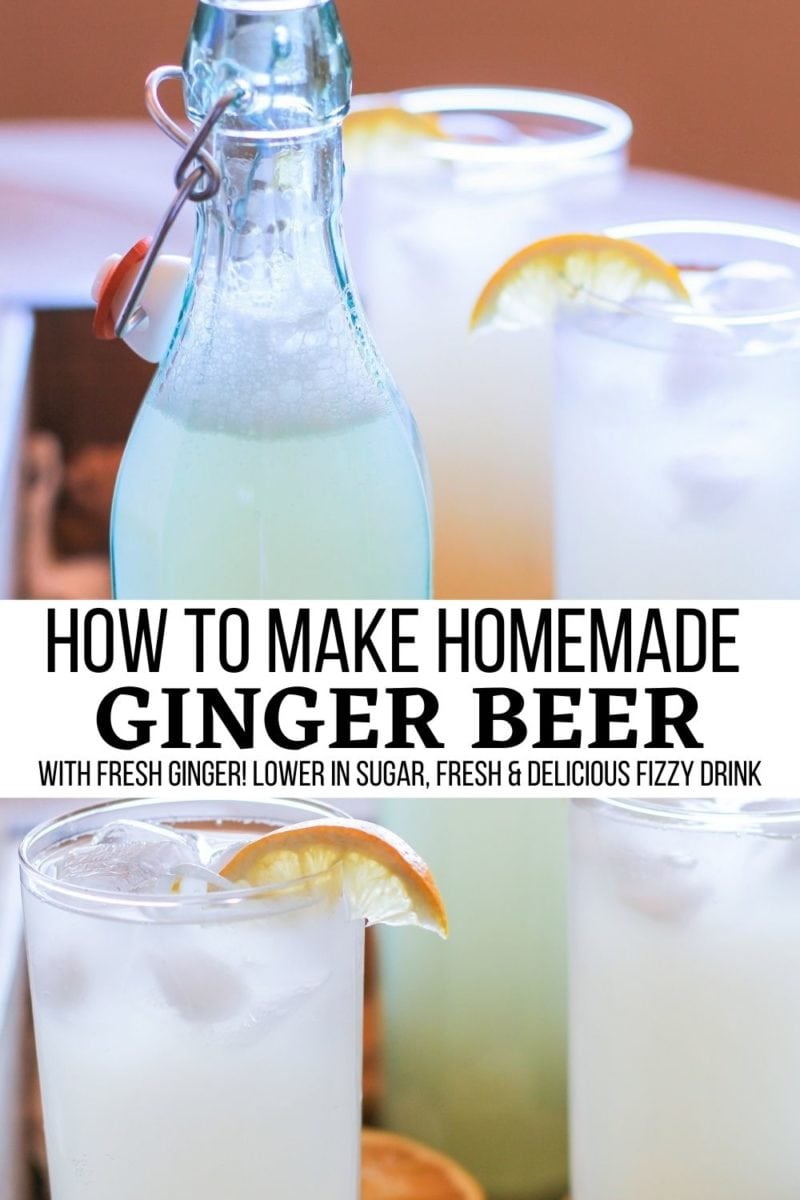
This post contains affiliate links, which means I make a small commission off items you purchase at no additional cost to you.
I originally shared this recipe on September 1, 2014. I updated the information and photos to make the tutorial even better.
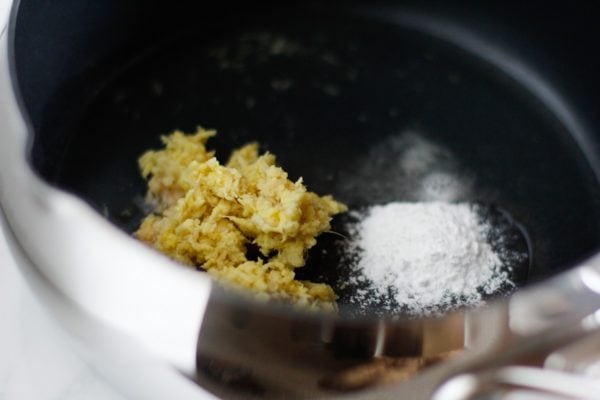
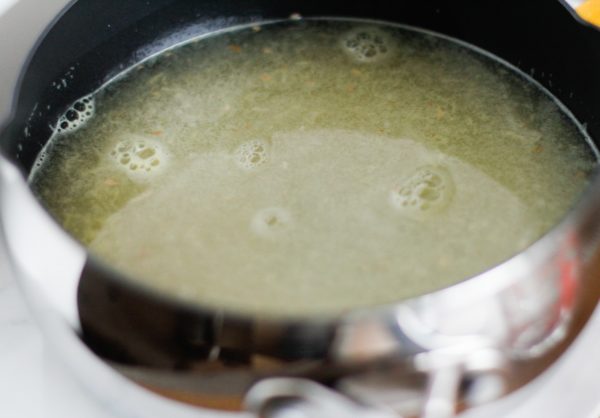
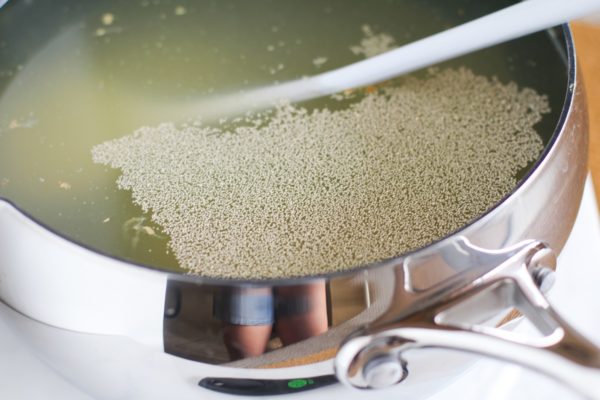
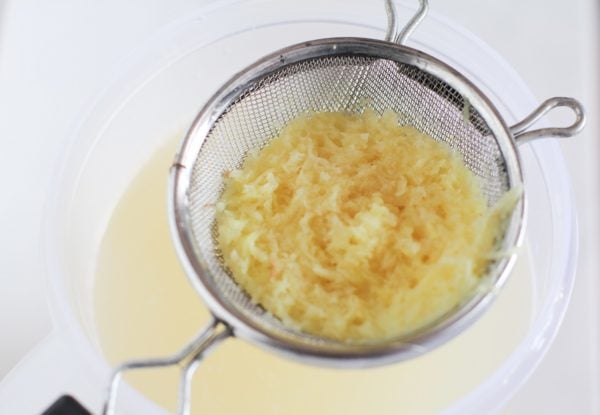
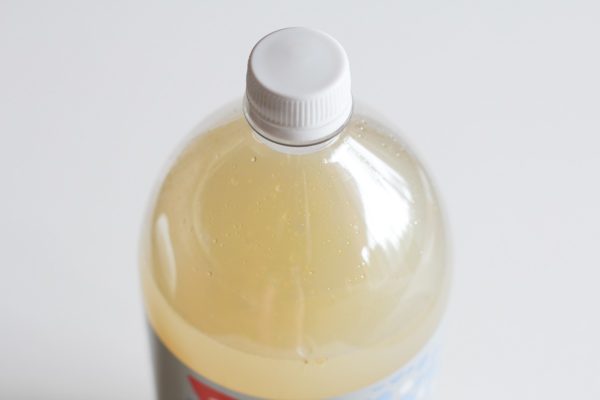

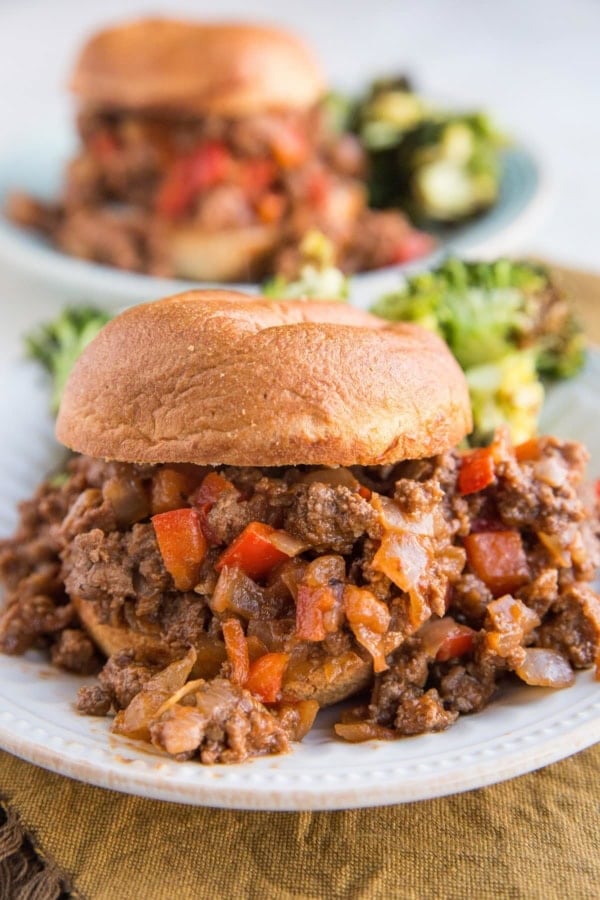
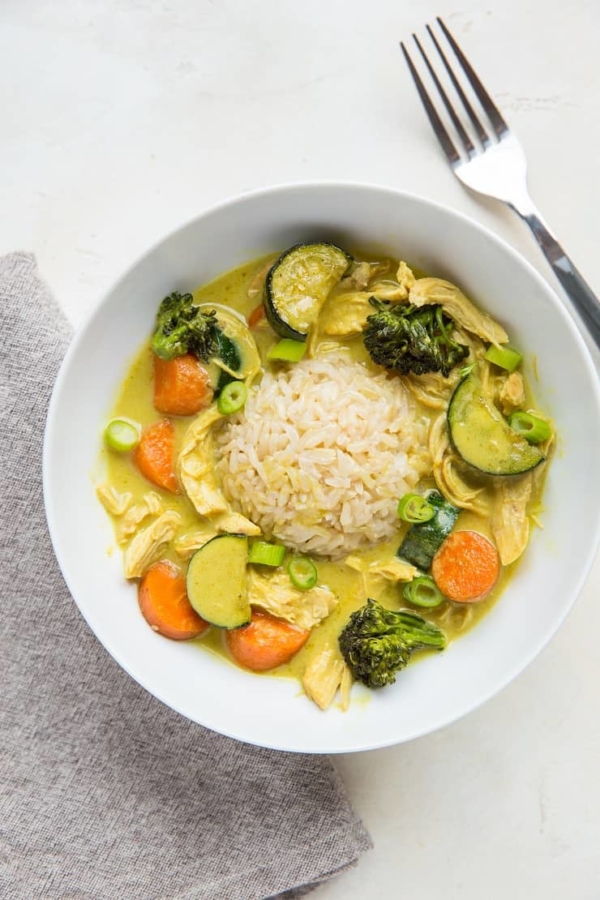
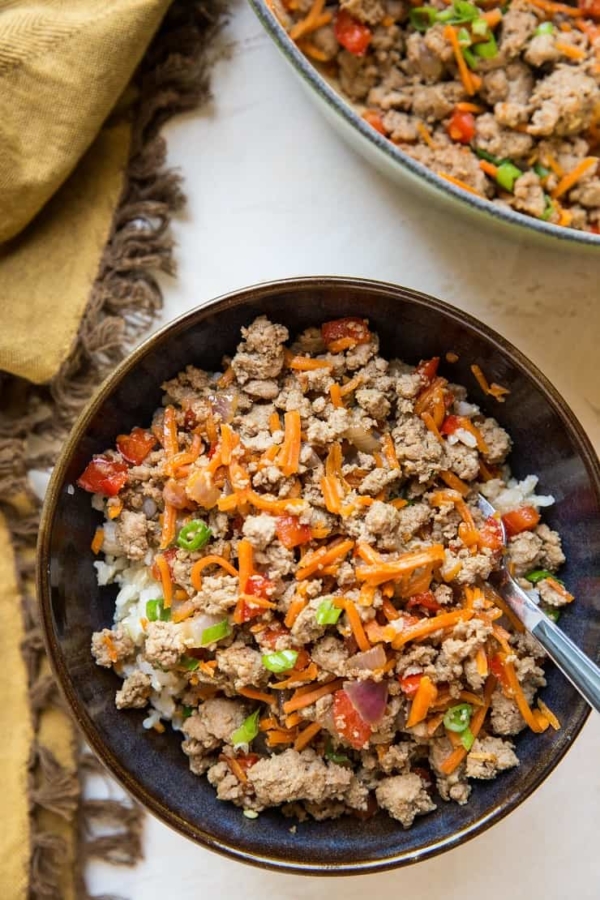
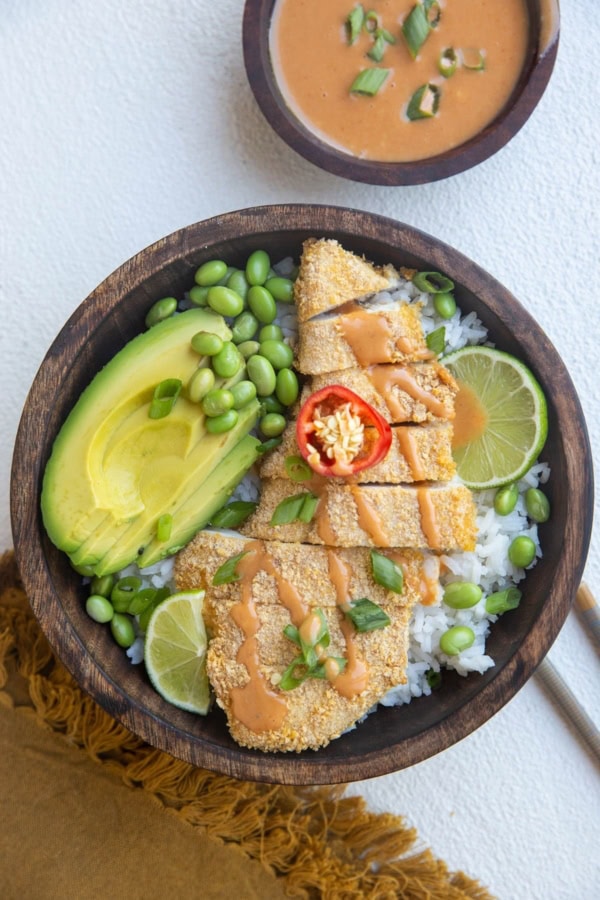









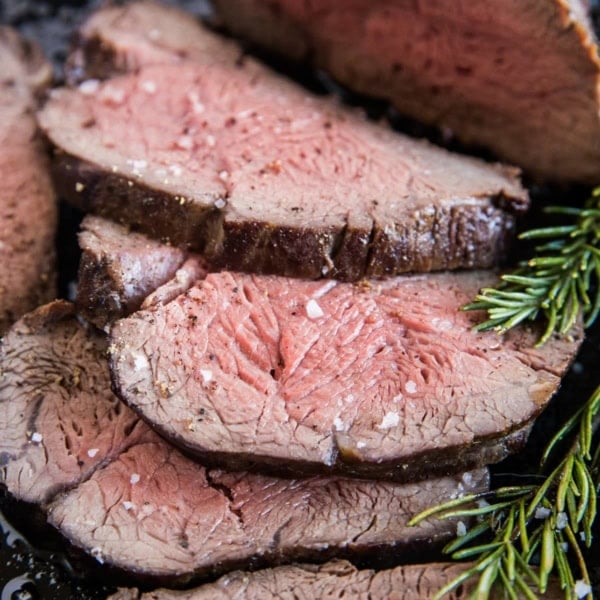
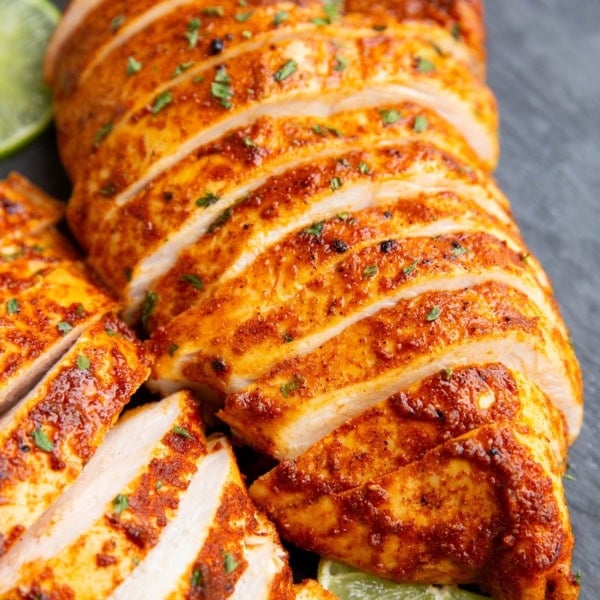
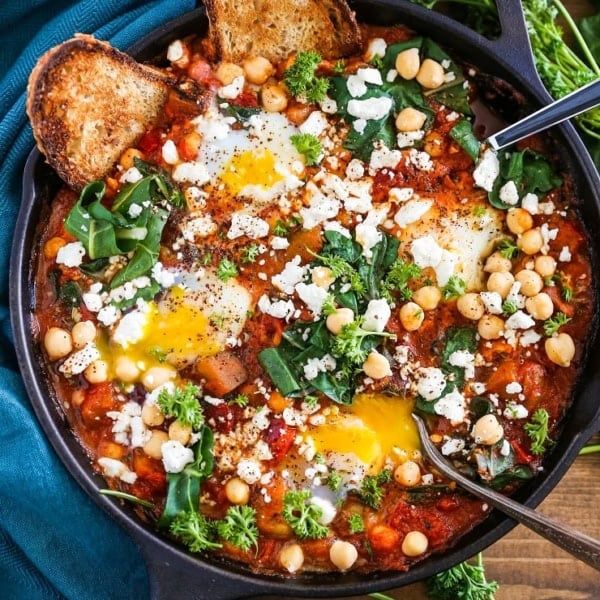
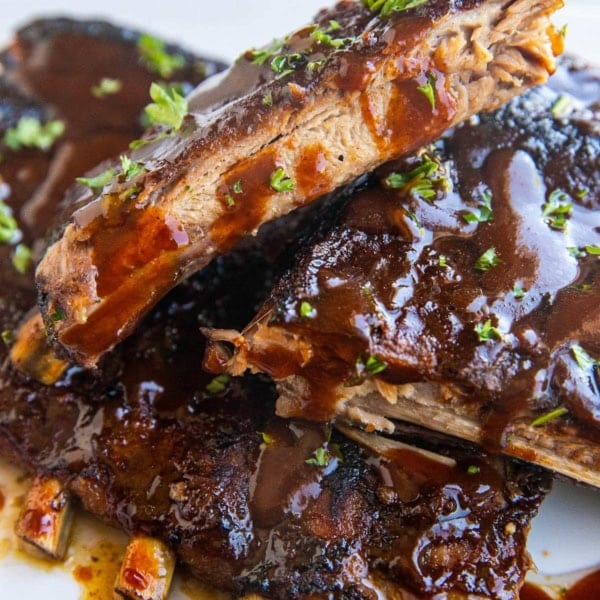
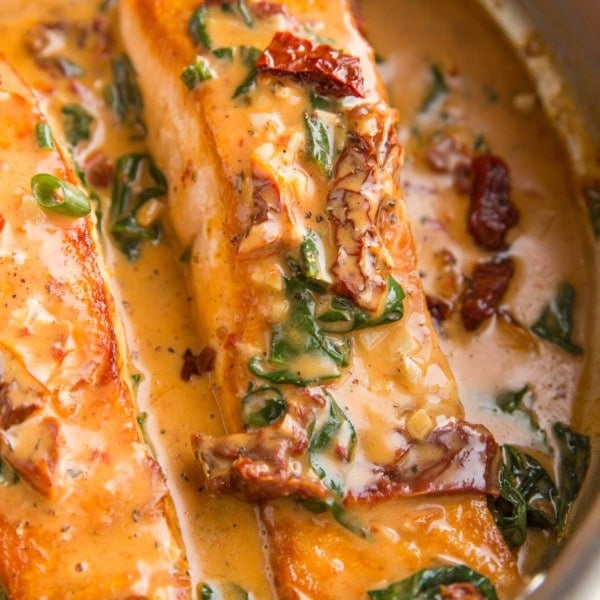
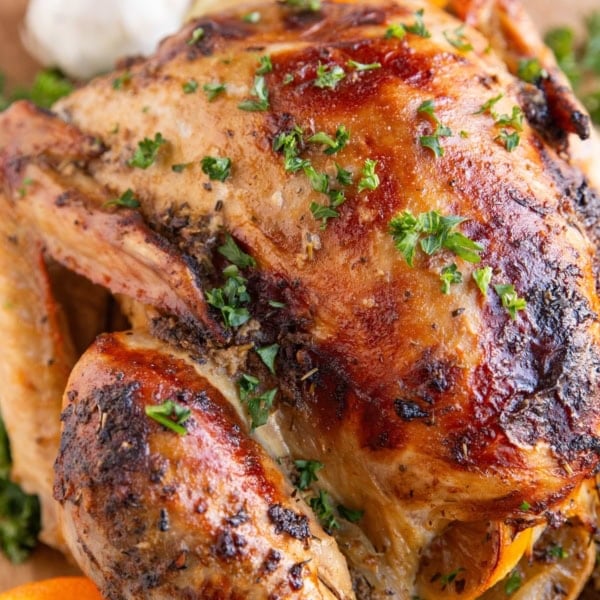
Question: Will leaving the ginger peel on give it a more yeasty and/or earthy taste? I was thinking that it might give it a more yeasty taste since making a ginger bug requires you to leave the skin on. Any thoughts on this? I’ve made two batches now with the skin on and they tend to be a little yeasty (even after reducing the dry yeast). I’ll be sure to make the next batch peeled.
Thank you!
Peeling the ginger first yields a less yeasty ginger beer. Highly recommended to peel it first. I love this recipe!
Can you purée strawberries (or other fruits) and add them to this recipe to create a flavored ginger brew? Or would a syrup be better/safer? We’ve been buying frui-flavored ginger brew all summer at our farmer’s market. It’s delicious but so expensive. Would like to try making it myself. Thanks!
Hi there! You can definitely add pureed fruit after the ginger beer has finished fermenting 🙂
Hello I’m trying this for myself and was wondering how to increase the percentage of the final brew and what sort of percentage does it start off at?
Thank you very much for the recipe am eagerly waiting for the outcome….
Al
All I can say is this recipe is awesome! On the very first try the ginger beer came out great. We’ve been trying to find the perfect ginger beer and this is it. I only tweaked the recipe slightly but using 3/4 tsp. champagne yeast instead of active dry yeast, slightly more sugar (for Moscow mules), and more ginger for bite. The final product came out tasting like Bundaberg ginger beer. This will save us so much money. You really hit it out of the park, Julia! Thank you.
Thanks so much, Kelven! I’ve heard champagne yeast works like a charm, so I’m thinking I need to try this, myself! I’m glad you’re enjoying the ginger beer – definitely perfect for next level Moscow Mules! xo 😀
Just finished my 1st batch and had such fun making it! I let it ferment for 2 days because I felt. it was dry enough. Next batch I will use another 1/4 cup of sugar and cut back on the ginger ( I grated it pretty fine so the 1/4 cup was pretty well packed) just a bit, hubby said it kind of burned his throat a bit! I’m thinking it was the ginger rather than the yeast. Anywho, made a Moscow Mule with a shot of Vodka, one of Cointreau lots of fresh lime juice and filled my new copper mugs that I bought for the occasion with my Ginger Beer over lots of ice! Super Yummy!
I made my beer 2+ days ago and just tasted. The bakers yeast I used overpowers the flavour. It is crisp and dry so the right time, have moved my 2 bottles into the fridge. I’ll make it again using different yeast.
3rd day, with the last day in fridge. added half a lemon and the yeast taste has gone and it’s delicious! Thank you for this recipe
My ginger beer was made 2+ days ago. today I tried it and found the bakers yeast I used to be the main flavour. Not my favourite. It is crisp and fairly dry. I’ll try it again using more ginger and definitely a different yeast. Taste it day 1
Hi – I tried this recipe and have just finished the 3 day dark room fermentation process. My batch is pretty flat and doesn’t resemble ginger at all. I can taste a far away flavor that it is trying to be ginger beer but I didn’t even get close. And I even used a little bit over the recommended amount of ginger. It is also a little bitter. Any idea where I might have gone wrong here?
Two things that have not been answered which may be silly. One, what is a more specific way to define don’t fill the 2 liter bottle too high? Two, what if my towel fell in the pot and absorbed a bunch of liquid in the three hour window? Still alright? Why not use a lid for a pot instead of towel?
Do you think you could use stainless steel bottles for the second stage? I don’t use much plastic. End result I would store in mason jars.
Hi there! Thanks for the recipe! Do you think I could use a veggie culture starter instead of the bakers yeast? Or would that be more along the lines of the recipe you mention in your book? History of candida but LOVE moscow mules so I’m trying to find a way to make a low sugar/naturally sweetened with stevia kind of ginger beer that also has a probiotic boost. The bakers yeast would be a no-no for me.
Hi Steph,
Wow, I never thought of that, but I think it would work!! What kind of starter would you be using? Some of the juice from fermented vegetables? Really, any probiotic starter would work to get the ginger beer going…my only concern would be the flavor, so if you can, try to use a culture that doesn’t already have a ton of flavor. For instance, water kefir, rejuvalac, or some of the juice from sauerkraut would probably work great. My guess is you’d need to let the batch ferment for 3 to 7 days (ideally, keep it around 70-75 degrees), just like you would any fermentation project. Let me know how it goes! I’m super curious…I think it will turn out marvelously! xo
What a cool recipe! I considered making ginger beer years ago and was turned off by the wait time. I do love the fact that this drink has probiotics in it. I’ve been making a fermented drink called makgeolli for about six months now which is loaded with probiotics and really owes its beneficial properties to an amylase enzyme powder called nuruk. I’m definitely going to try out this recipe. Thank you!
I have a couole of questions: The yeast is still active even after refrigerating the 2ltr btl. How do I totally stop it so that I don’the have this griping, gassy, bloated feeling in my gut?
Should I filter through coffee filte paperr as I pour the ginger beer into the glass?
How long can I keep the 2ltr btl in the fridue, or must I consume it all within 2 days as I read somewhere?
Hi John,
The refrigeration process should slow down the activity of the yeast substantially, but you can definitely filter it out before you stick the ginger beer in the refrigerator. As a side note, the ginger beer shouldn’t make you feel un-well, so is it possible that you’re sensitive to yeast? I have to be careful with the amount of ginger beer I drink, because my digestive system isn’t fond of it in too high of volume, either.
I’ve kept ginger beer in the refrigerator for up to 10 days without having any issues, so I’d say you’re good to keep it longer than 2 days. 🙂 Hope you enjoy, and let me know if you have any other questions?
Hello, I made a recipe 3 days ago.
Today I opened the bottles to release the pressure, I did open all the way (I used Perrier plastic bottles). I tried opening just a bit (as I read in your instructions) but by opening just a big there was not pressure being released, so I opened all the way and closed it again.
Do you think I ruined my recipe? Is it safe to drink it after having opened it and closed?
Thank you for your attention;
Fantastic!!! I made this and it actually tastes like real ginger beer! And I can make mine extra spicy!
Might I suggest adding an ingredients section, with amounts in grams instead of cups.
Awesome work!
Hi Charlie,
I’m so happy to hear you enjoy the ginger beer! I’ll fashion up a recipe card with both measurements for both grams and cups – great suggestion!
Hi Julia,
I’ve followed your recipe closely, and used 2 1L bottles which I left to sit for 3 days, regularly letting the gasses out. I’ve now opened them both and they smell and taste quite strongly like yeast, and they’re also quite sour, I don’t really feel the sweetness. I’m wondering what happened and what I did wrong. Now I know the sweetness might be gone because I’ve left them sitting for 3 days (which was my intention, as I was afraid I was going to get a beverage that was too sweet), but I can’t get over the taste and smell of yeast, which frankly makes the whole thing quite difficult to swallow. I used the right amount of sugar, but what exactly happens if the yeast dies ‘too soon’ and it doesn’t have enough sugar left?
And, last question, is there anything I could do at this point in order to save it? I’ve just left them in the fridge for now, but would adding more sugar and keeping them in a warm room for another day save them? If not, I fear I might just have to dump the whole thing… But I don’t know what to do differently if I start again…
Many thanks!
Hi Chris,
For this batch, rather than tossing it, I’d mix it with some homemade lemonade…simply mix fresh lemon juice with water and sugar to taste in order to dilute the ginger beer. Obviously you will end up with a less fizzy beverage, but at least it won’t go to waste. I’d also recommend making cocktails with it, if you like a good Dark & Stormy.
In the future, I would recommend adding slightly more sugar than my recipe calls for and allow the ginger beer to sit for 1 day. This way, your ginger beer will still be sweet, as you’ll end the fermentation process before the yeast has a chance to consume all of it. In terms of the ginger beer tasting yeasty, my guess is that is a result of the yeast consuming all of the sugar so that you’re left with a super dry beverage. You can also add slightly less yeast on your next go round, but when all’s said and done, if you can’t stand the flavor of yeast, I’d try making ginger beer without it entirely. I know some folks blend or grate ginger and mix it with club soda and sugar for a super quick ginger beer. Of course, this method isn’t fermented so it doesn’t have the natural effervescence, but this is the method I would recommend for folks who find the flavor of yeast off-putting. Hope all of this helps! 🙂
I used a 64oz glass growler with and airlock purchased from the local brewery supply shop, I also used pale ale yeast. after 5 days I split it into 2 one liter bottles with flip caps and let it sit for another 5 days. came up very sweet and full of ginger flavor
Thanks so much for sharing, Steve! I know a few people have been interested in making ginger beer with a higher alcohol content, so this info is super useful!